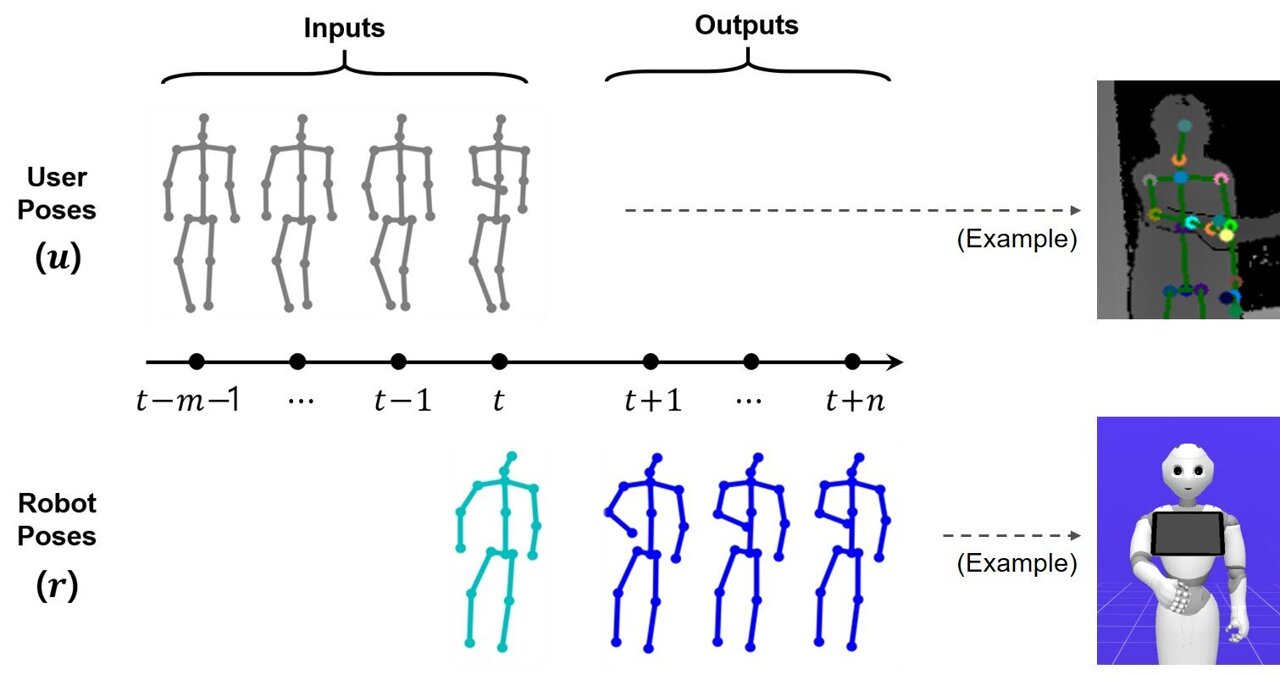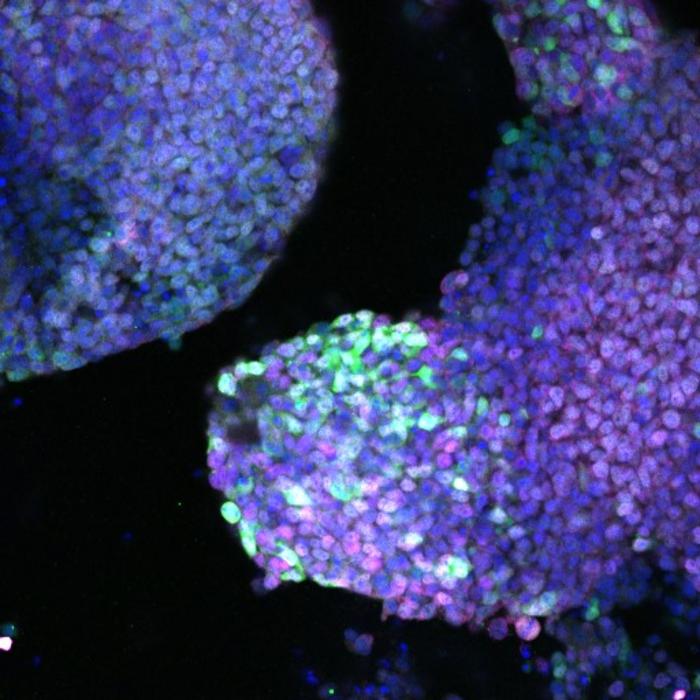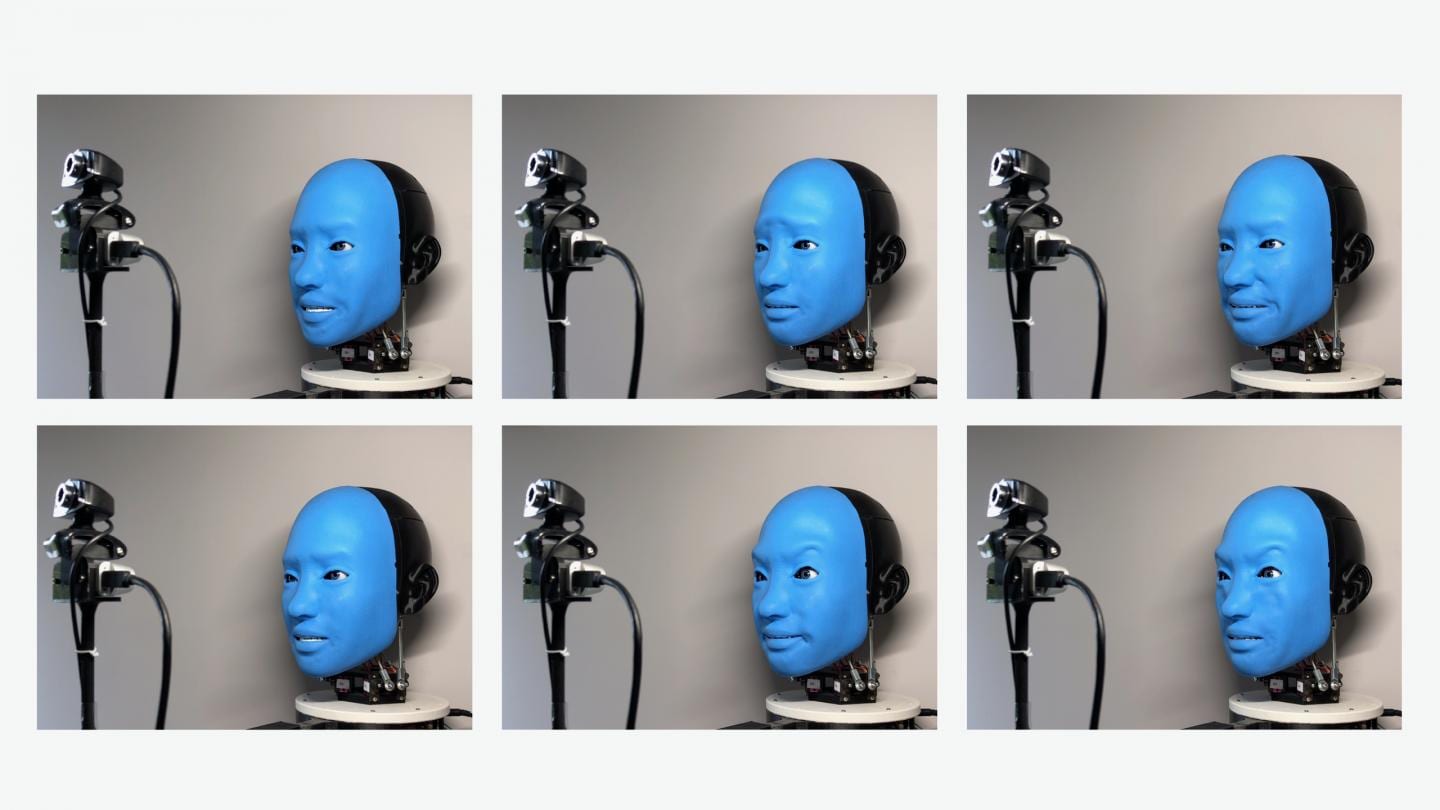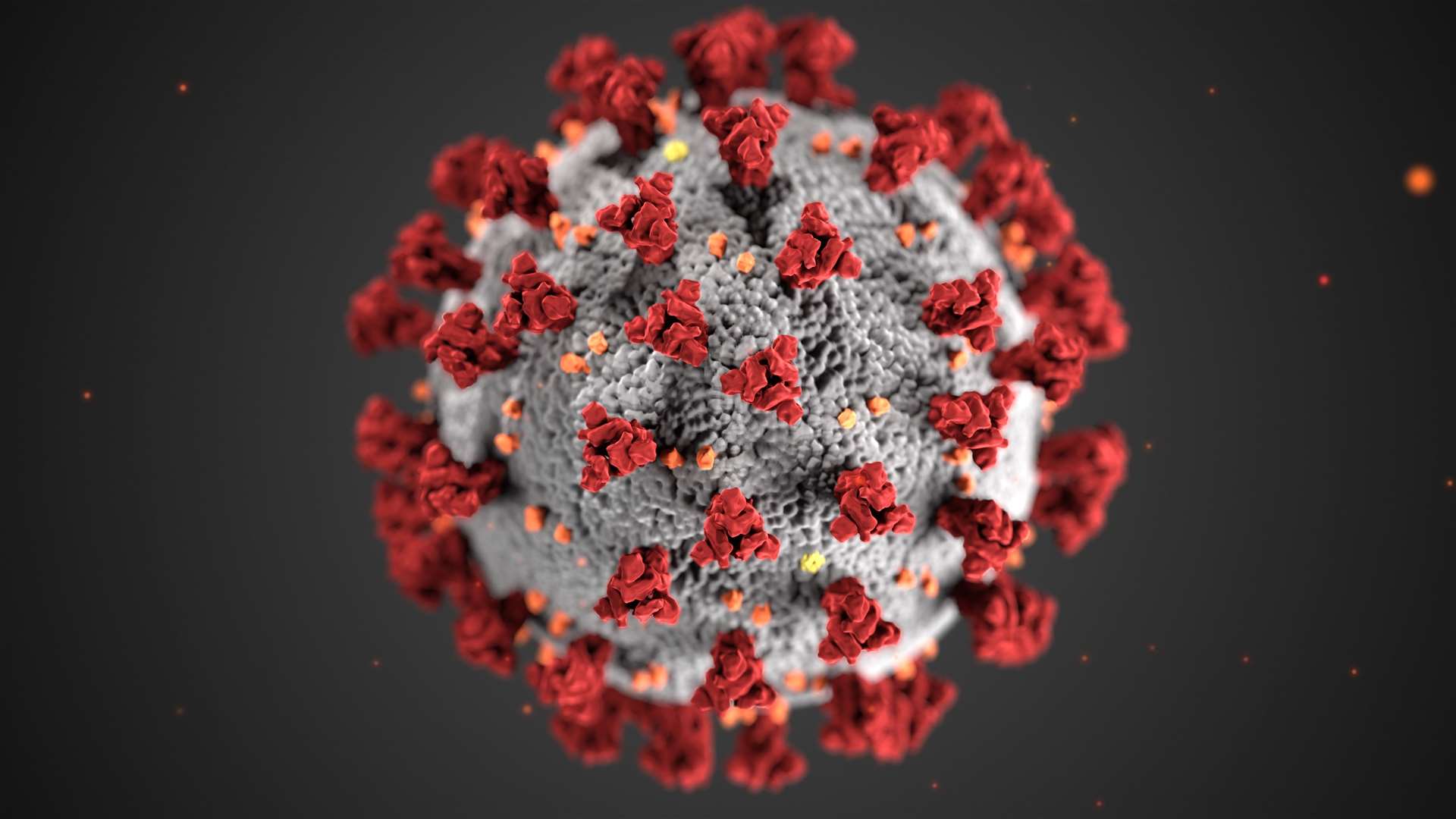
The generation of robot social behavior involves assigning the next robot behavior in order to respond to the current user behavior while maintaining continuity with the current robot behavior.
To provide effective and enjoyable human-robot interaction, it is important for social robots to exhibit nonverbal behaviors, such as a handshake or a hug.
However, the traditional approach of reproducing pre-coded motions allows users to easily predict the reaction of the robot, giving the impression that the robot is a machine rather than a real agent. Therefore, we propose a neural network architecture based on the Seq2Seq model that learns social behaviors from human-human interactions in an end-to-end manner.
We adopted a generative adversarial network to prevent invalid pose sequences from occurring when generating long-term behavior. To verify the proposed method, experiments were performed using the humanoid robot Pepper in a simulated environment. Because it is difficult to determine success or failure in social behavior generation, we propose new metrics to calculate the difference between the generated behavior and the ground-truth behavior.
We used these metrics to show how different network architectural choices affect the performance of behavior generation, and we compared the performance of learning multiple behaviors and that of learning a single behavior. We expect that our proposed method can be used not only with home service robots, but also for guide robots, delivery robots, educational robots, and virtual robots, enabling the users to enjoy and effectively interact with the robots.
Original Article: Nonverbal Social Behavior Generation for Social Robots Using End-to-End Learning
The Latest Updates from Bing News
Go deeper with Bing News on:
Human-robot interaction
- Brains, robots, and interfaces
Last year, Nature Electronics declared brain-computer interfaces their technology of the year. These interfaces can now translate neural signals into speech, at speeds close to normal conversation.
- Robots unveiled at National Robotarium family open day
The National Robotarium at Heriot-Watt University hosted its first family open day, part of the 2024 Edinburgh Science Festival.
- Stretchable e-skin could give robots human-level touch sensitivity
A first-ever stretchy electronic skin could equip robots and other devices with the same softness and touch sensitivity as human skin, opening up new possibilities to perform tasks that require a ...
- Science Group Adds UMass Lowell AI, Robotics Expert Yanco to Honor Roll that Includes Edison
Renowned artificial intelligence and robotics expert Holly Yanco, who leads UMass Lowell’s Richard A. Miner School of Computer and Information Sciences, was recently elected as a 2023 fellow of the ...
- Astribot S1 AI Humanoid robot unveiled demonstrating its agility, dexterity and accuracy
This week the Astribot S1 humanoid robot was unveiled in Shenzhen, China, marking another significant leap forward in autonomous robotics ...
Go deeper with Bing News on:
Social behavior generation
- UTPB’s Behavioral Health Scholarship supports future mental health professionals
The Odessa American is the leading source of local news, information, entertainment and sports for the Permian Basin.
- New Report Illuminates Gen Z Philanthropic Giving Behavior
The Blackbaud Institute, a research lab at Blackbaud (NASDAQ: BLKB), the leading provider of software for powering social impact, today released a new report, Gen Z at the Table: A Special Edition of ...
- A New Lost Generation: Disengaged, Aimless, and Adrift
“There is less social disorder,” Levin concluded ... not all of them really had to,” she said. Parent behavior has also changed. “It’s way more likely now for parents to say, ‘My kids are having a ...
- Gen-Z and millennials love reading books. But being a ‘reader’ means something more
And some millennials and members of Gen Z may believe that the reading they are doing isn’t real reading. But a narrow definition of what counts as reading ignores the love Gen Zers and millennials ...
- Viewpoints: Does social media rewire kids’ brains? Here’s what the science really says
A new round of conversation has been spurred by Jonathan Haidt’s book “The Anxious Generation ... whether we engage in the behavior. In other words, an association between increased brain activity and ...










